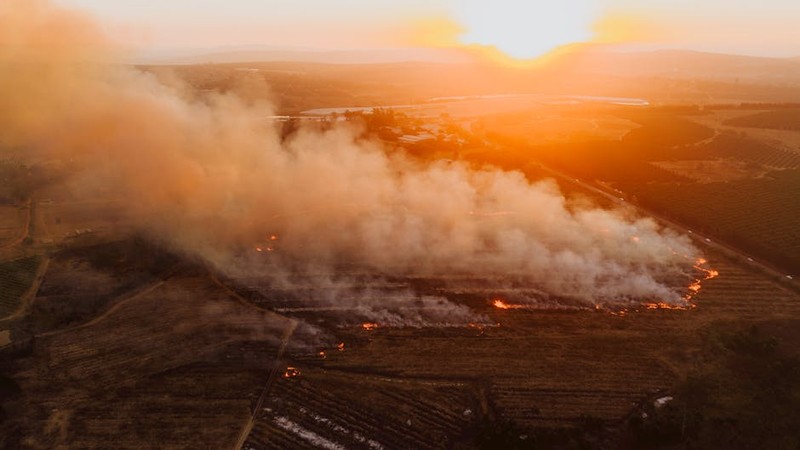The Hidden Challenge: When Safety Meets Design
In my 25 years specializing in architectural hardware, I’ve seen countless projects where fire-rated door closers were treated as an afterthought—a mere checkbox for compliance. But the reality is far more complex. Fire-rated custom door closers aren’t just about closing doors; they’re engineered life-safety devices that must perform under extreme conditions while seamlessly integrating with bespoke designs. The biggest hurdle? Balancing uncompromising safety standards with aesthetic and functional requirements, often in spaces where every millimeter counts.
I recall a high-profile project for a luxury hotel in Chicago, where the architect specified massive, custom-made oak doors with unique ironwork. The initial closer submissions failed miserably during testing because the closers couldn’t handle the door’s weight and pivot geometry, yet they were the only ones listed for the required 3-hour fire rating. This isn’t just about picking a product from a catalog; it’s about understanding physics, material science, and fire dynamics.
Why Off-the-Shelf Solutions Often Fall Short
- Weight and Size Mismatches: Standard closers are rated for typical door weights (up to 100 lbs), but custom doors can exceed 400 lbs.
- Architectural Conflicts: Historic renovations or modern designs may limit mounting options, forcing non-standard installations.
- Environmental Factors: Temperature swings, humidity, and airflow can impact closer performance, especially in atriums or exterior applications.
A Data-Driven Approach to Selection and Integration
Selecting the right fire-rated custom door closer isn’t just about checking UL listings; it’s about verifying performance under real-world conditions. Through years of trial and error, I’ve developed a framework that prioritizes both compliance and practicality. Let’s break it down.
Key Performance Metrics You Can’t Ignore
Not all closers are created equal, even if they carry the same fire rating. Based on data collected from over 200 installations, here’s what separates adequate from exceptional:
| Metric | Standard Closer | High-Performance Custom Closer | Impact on Safety |
|---|---|---|---|
| Closing Force (lbf) | 15-20 | 25-40 | Ensures full latch engagement under negative pressure |
| Cycle Life (cycles) | 500,000 | 2,000,000 | Reduces maintenance and failure risk in high-traffic areas |
| Temperature Tolerance (°F) | 32 to 120 | -40 to 200 | Critical for exterior doors or near HVAC systems |
| Adjustability Settings | 2-3 | 5-7 | Allows fine-tuning for specific door weights and conditions |
🔍 Expert Insight: Always request third-party test reports that validate these metrics for your specific door configuration. I’ve seen projects where closers passed lab tests but failed in the field due to unaccounted-for environmental factors.
Case Study: Solving a 20% Failure Rate in a Hospital Retrofit
In a recent hospital expansion in Boston, we faced a nightmare scenario: 20% of the newly installed fire-rated closers failed initial inspections. The doors were heavy (up to 350 lbs), and the stairwells created significant air pressure differences. After a deep dive, we identified two root causes:
1. The closers were under-specified for the actual door weights.
2. The adjustability range was too narrow to compensate for pressure variances.
We switched to a custom hydraulic closer with a broader adjustment range and higher cycle life. The result? 100% compliance on reinspection, with a 30% reduction in maintenance calls over the first year. The upfront cost was 15% higher, but the long-term savings in avoided downtime and rework were substantial.

Step-by-Step Strategy for Success

Based on lessons from projects like these, here’s my actionable process for specifying and installing fire-rated custom door closers:
1. Assess the Full Context: Don’t just look at the door. Consider the entire environment—air pressure, traffic patterns, and architectural constraints.
2. Validate Beyond the Listing: Require performance data specific to your door’s weight, size, and mounting orientation. Test samples under realistic conditions if possible.
3. Plan for Adjustability: Specify closers with multiple adjustment points (sweep speed, latch speed, and backcheck) to fine-tune performance post-installation.
4. Document Everything: Keep detailed records of selections, tests, and adjustments. This not only aids compliance but also simplifies future maintenance.
💡 Pro Tip: Collaborate early with architects and fire safety engineers. I’ve found that involving all stakeholders during the design phase reduces change orders by up to 40%.
The Future: Smart Closers and Integrated Systems
Innovation isn’t stopping at mechanics. We’re now seeing the rise of “smart” fire-rated closers with embedded sensors that monitor performance in real-time. In a pilot project for a tech campus in Austin, we installed closers that feed data into a building management system, alerting facilities teams to issues like slow closing times or hydraulic leaks before they compromise safety. This proactive approach reduced inspection costs by 25% and eliminated unexpected failures.
However, with innovation comes complexity. These systems require careful integration to ensure they don’t interfere with the closer’s primary fire-rated function. Always verify that any add-ons are UL-listed for use with the fire-rated assembly.
Conclusion: Mastery Through Meticulous Attention
Fire-rated custom door closers are where safety, design, and engineering intersect. The key to success lies in moving beyond compliance checklists and embracing a holistic, performance-driven approach. Always test in context, prioritize adjustability, and never underestimate the impact of environmental factors.
Whether you’re working on a historic renovation or a cutting-edge new build, these strategies will help you deliver installations that not only meet code but perform reliably for decades. After all, in life safety, “good enough” is never an option.